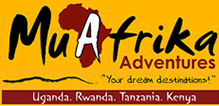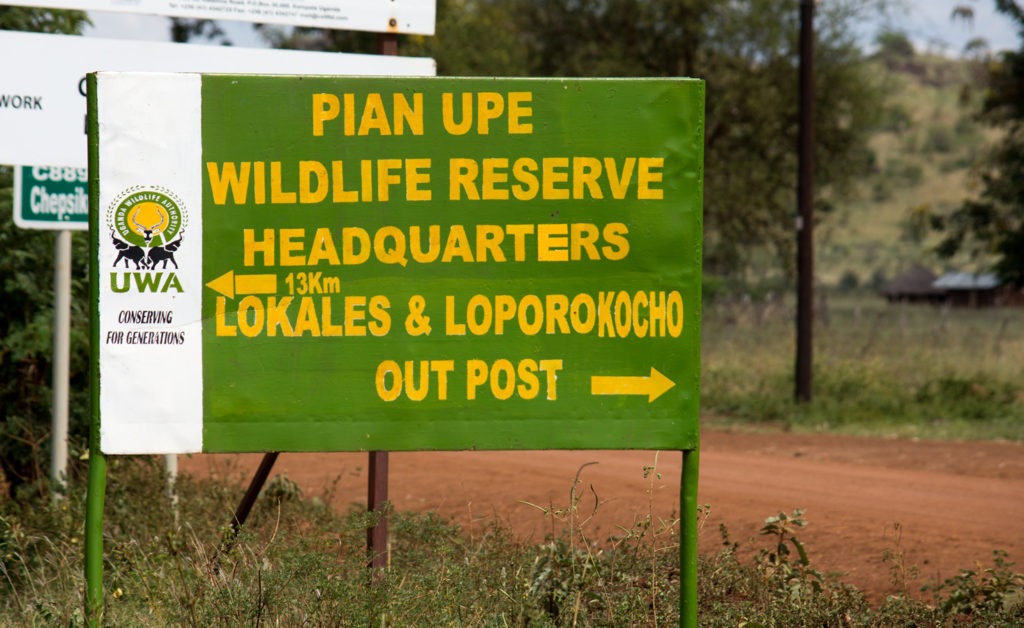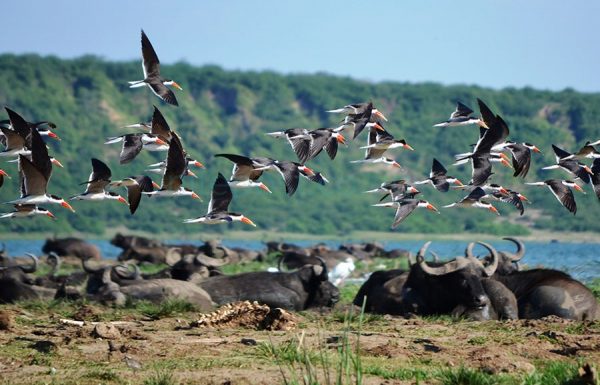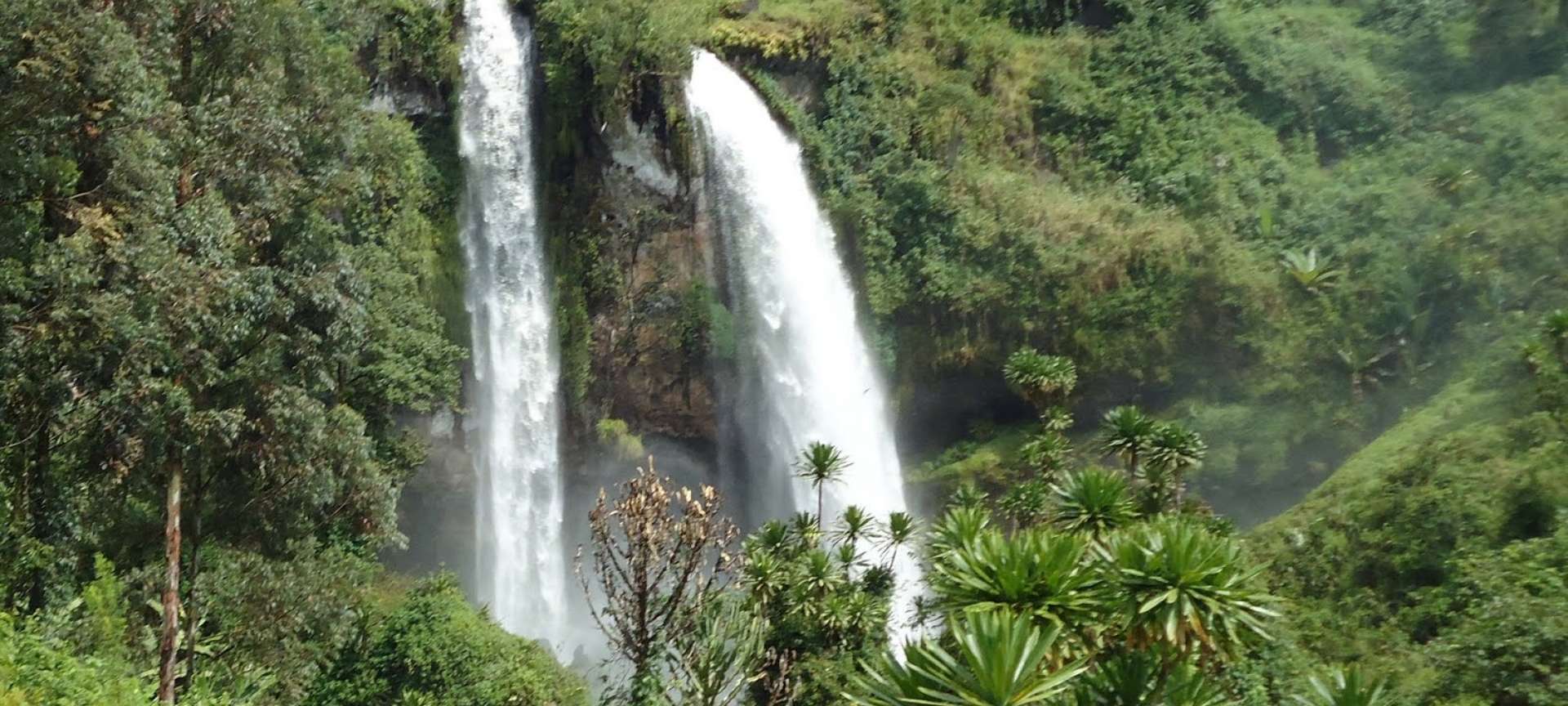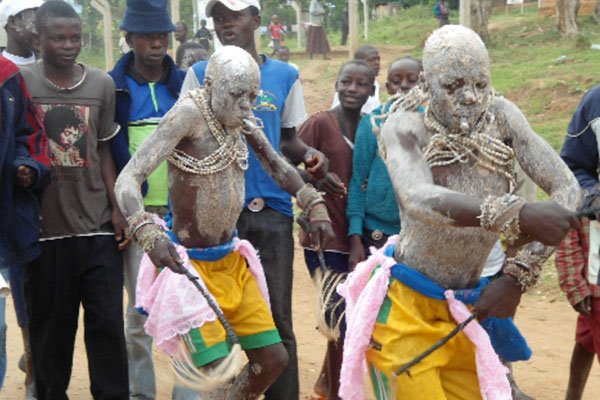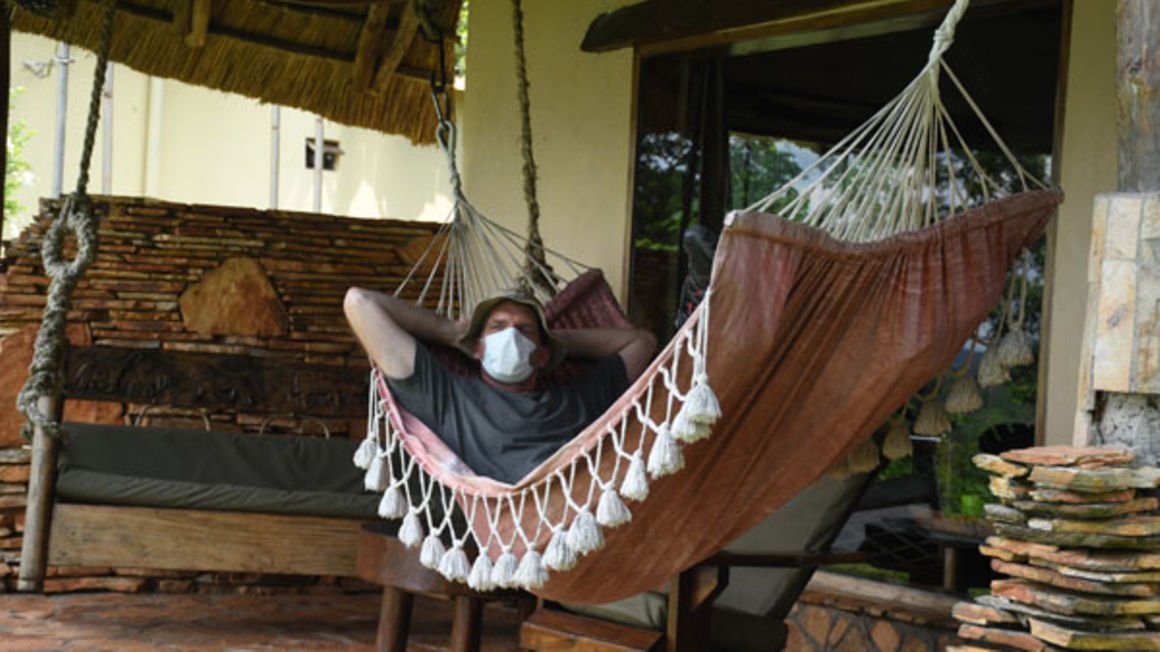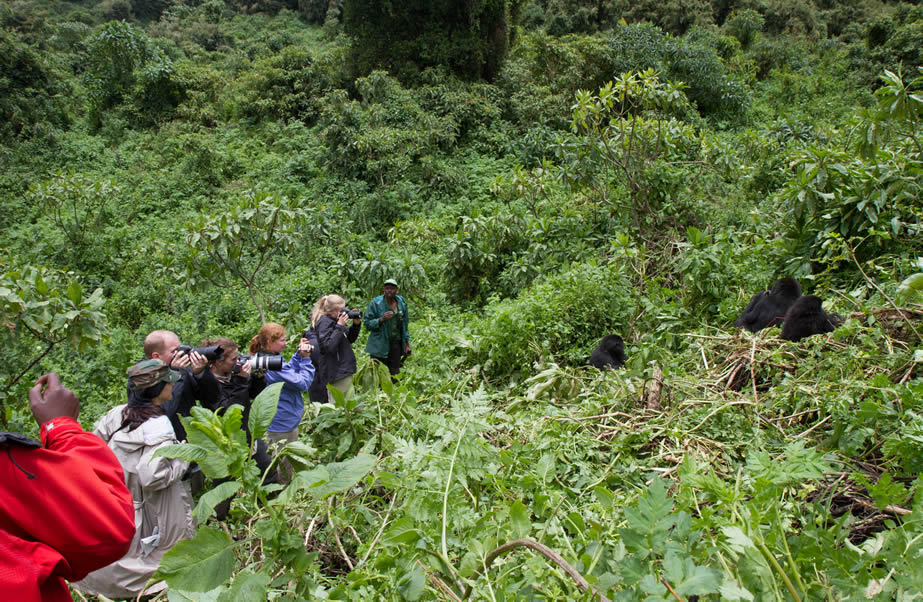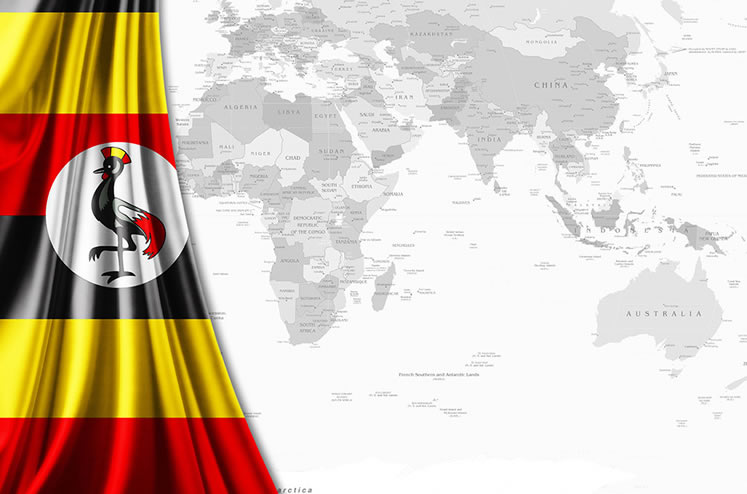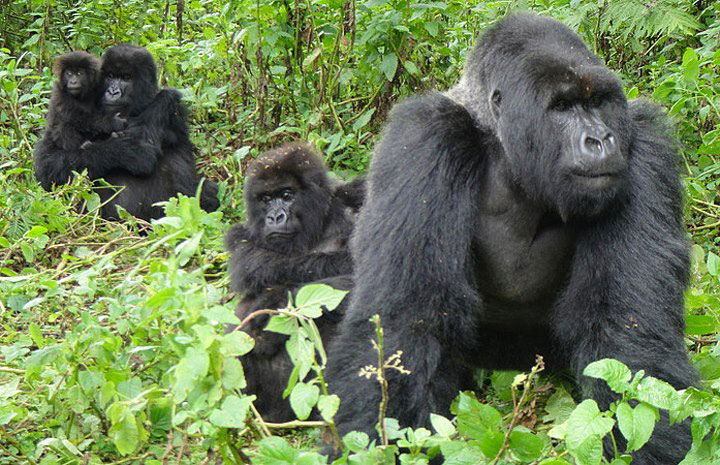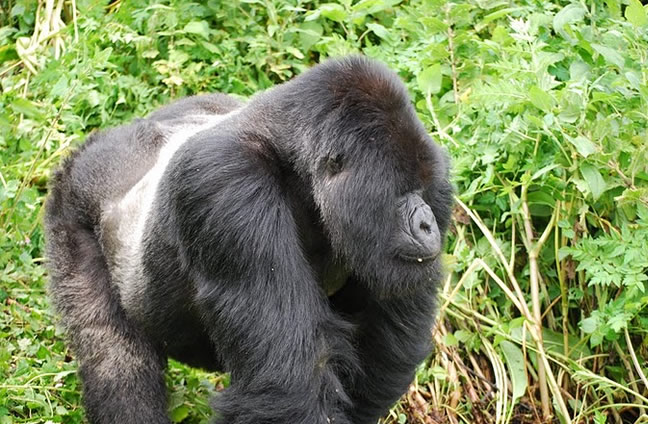If you have ever been in Uganda, Rwanda or the Democratic Republic of Congo (DRC) for mountain gorilla trekking, you realize that the one hour of magical encounter with the rare mountain gorillas was not enough for you to explore the behavior of these dramatic wild creatures and also capture some videos or take photos. With mountain gorilla filming which features as a new and extra ordinary experience, you certainly have a reason to hit on the African jungle to make your documentary or shoot a film with these most critically endangered apes while in their natural habitat.
If you are looking for this unique adventure, look no further than Bwindi Impenetrable Forest National Park and Mgahinga Gorilla National Park in Southwestern Uganda, Volcanoes National Park in Northwestern Rwanda and the Virunga National Park in Eastern DRC. There are fewer than 900 mountain gorillas that are still thriving in the entire world and only found within the jungles of Uganda, Rwanda and DRC.
When it comes to gorilla filming adventures, Rwanda and Uganda should not miss out in your itinerary. Uganda is credited with about 60% representing half of all the mountain gorillas that live on earth while Rwanda and DRC share the remaining percentage. Due to the huge numbers of these endangered species that are confined in Bwindi Impenetrable National Park and Mgahinga Gorilla National Park, Uganda is exceptionally a must to visit destination for mountain gorilla filming in Africa. In addition, there over 12 habituated gorilla groups in Uganda this also gives it an upper hand for you to shoot your film.
For tourists who are willing to par take this exceptional experience, Uganda Wildlife Authority a government organ that is responsible for the conservation and protection of all the 10 national parks in Uganda and the rest of tourism activities, encourages you to secure your gorilla trekking permit or filming permit from their offices which will allow you to go to shoot video of these charismatic creatures in the park. The cost of filming permit in Uganda is $4200 for each day. Rwanda which features 10 habituated gorilla groups sells gorilla filming permits at $5000 and $2000 for security although you can get back $2000 at the end of the trip especially when you give copies of the film to Rwanda Development Board. Like Rwanda, you will also be required to give a copy to Uganda Wildlife Authority.
The cost of gorilla filming permit comprises of the application fees filming permits though still you will incur an extra cost when it comes to clearing your filming equipment, accommodation and transport. The film crew’s members, TV production and the rest of companies’ filming in Uganda and Rwanda are required to reserve their filming tickets about six months earlier. As well, you also reminded that local clearing agents are available to help you clear your filming gear in Uganda at Entebbe International Airport and in Rwanda at Kigali International Airport customs.
Among other requirements that you will be told to present include the filming equipment or kit procedure. That perfect equipment that you feel can shoot the best film may not be in Uganda and tourists are advised to import for perfect video, clips, pictures or photos. This can be cleared at Entebbe International Airport or Busia border. The item name, value, country of origin, serial number, bar code, the weight is some of the basics needed in the process of clearing.
If you are planning for this experience, you will also need filming media cards and your name, organization, purpose of visit, intended days, scanned copy of your passport, passport photo, origin, birth place, home address that are useful in making the cards are vital and such details will be obtained from you.
You will also need logistical support and flexibility which means you will need that reliable and trust worth tour operator to help you book for you the filming permit, translators, accommodation and many more things that you not have knowledge in the destination.
In conclusion, gorilla filming is intended to market and boost protection of the critically endangered mountain gorillas in Uganda, Rwanda and the DRC. This means televisions, radios, film makers or documentary productions or photographers are always part of this experience and your tour operator will help you organize that safari to any mountain gorilla destination in Africa.
